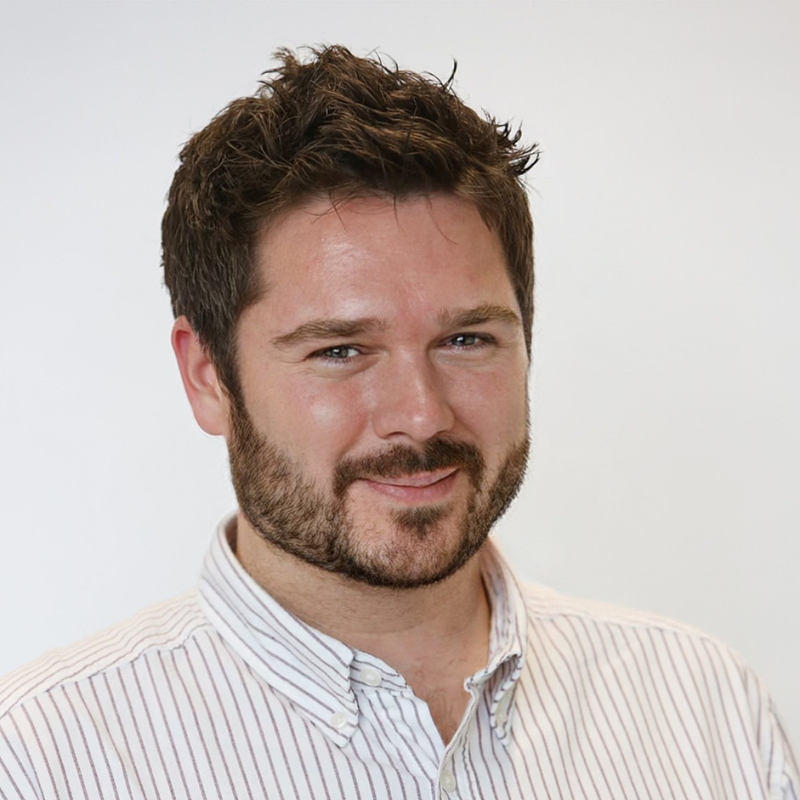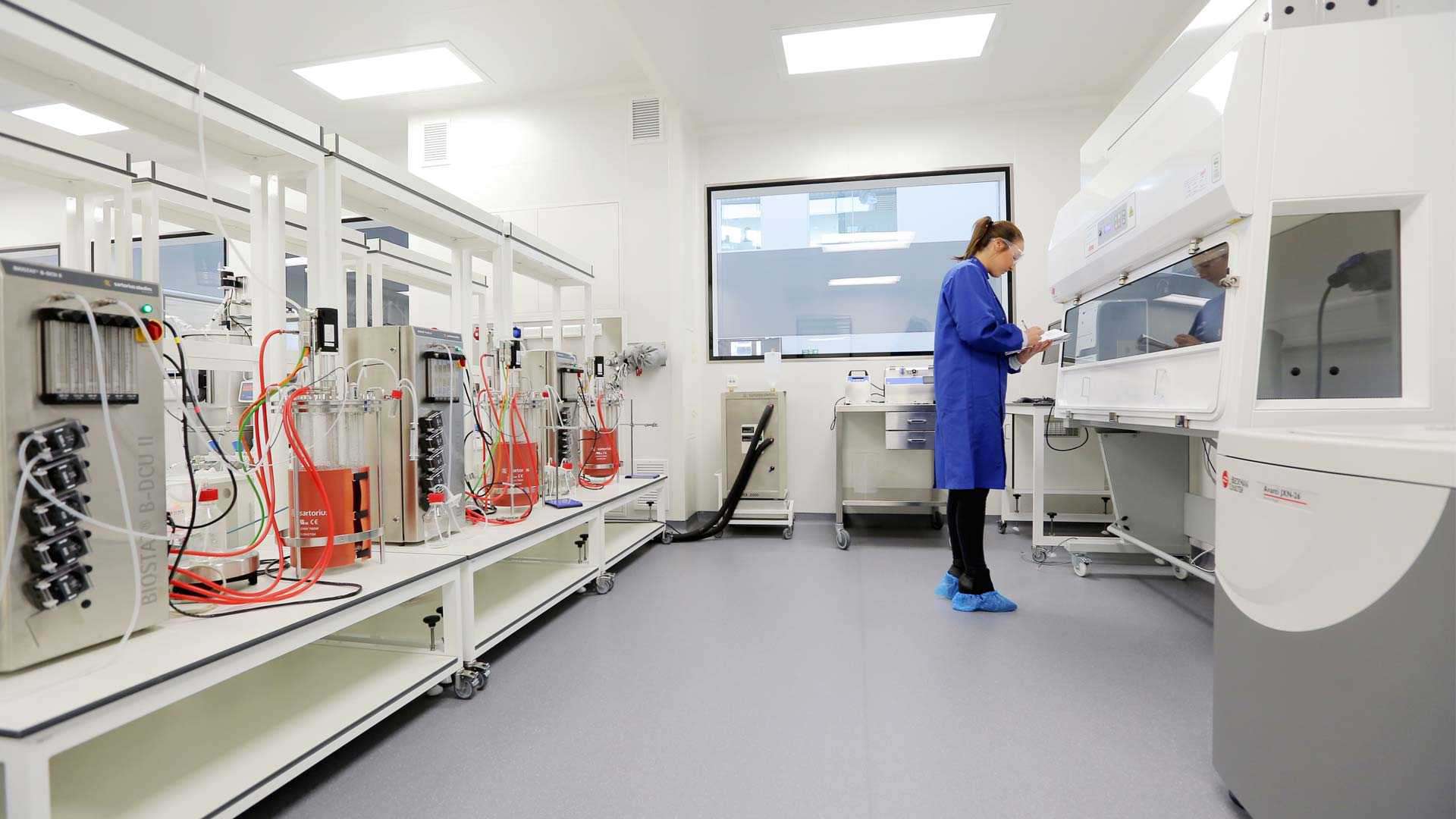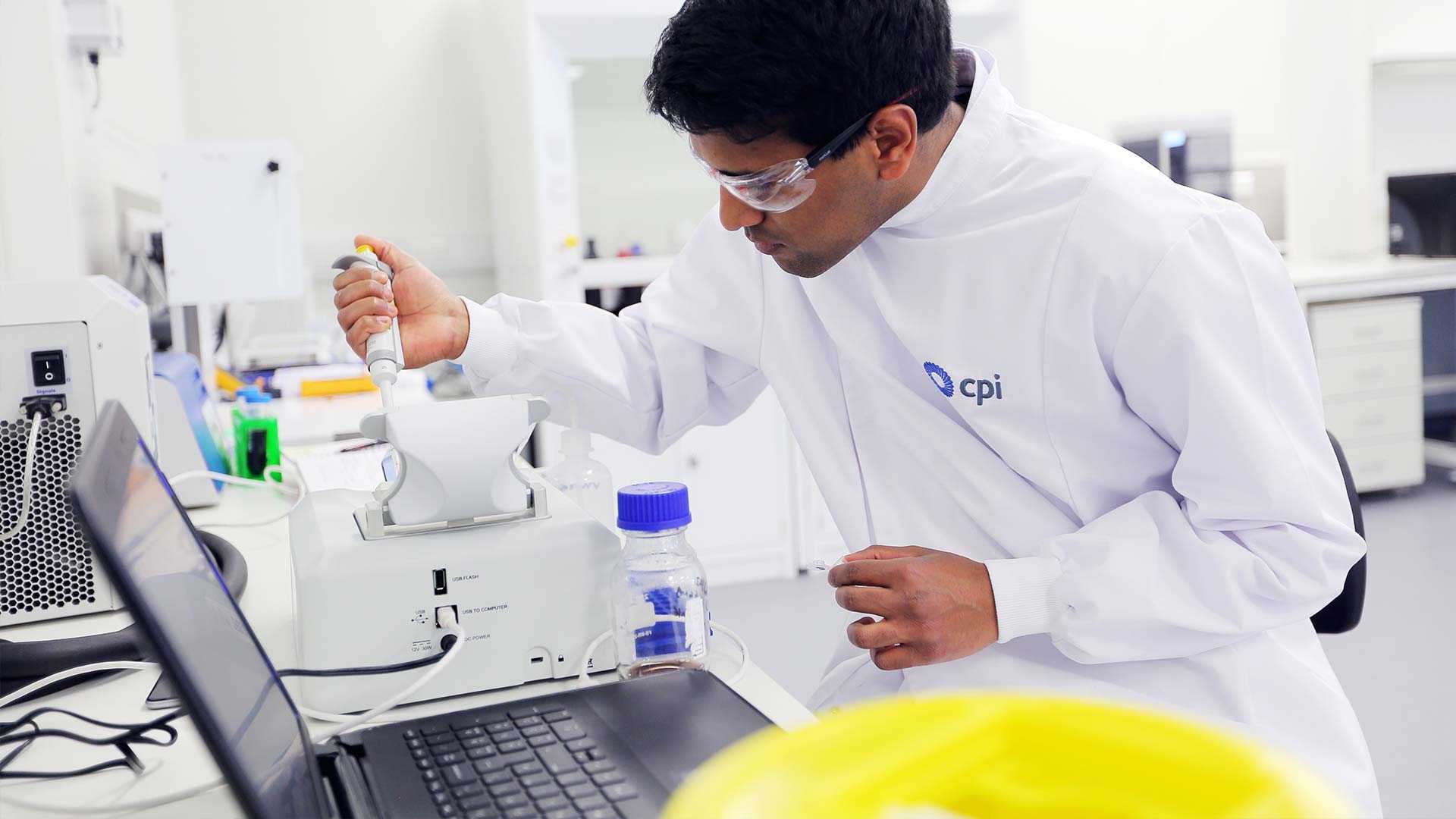Why Regenerative Medicine could be the cure of tomorrow
Imagine a world where medicine is designed not to heal, but to regenerate. Discover how Regenerative Medicine research is moving towards commercialisation.

Director of Marketing Communications

Picture this; a world where medicine is designed not to heal, but to regenerate. Regenerative medicine is best described as new translational research competing to reach commercialisation. It is fast becoming a part of our reality too, which is why it is attracting so much attention from the healthcare industry. It is also encouraging a new wave of multidisciplinary approaches to a variety of clinical applications. However, it still faces a plethora of challenges ahead before it reaches surgeries.
What is Regenerative Medicine?
Regenerative medicine is based on regenerating damaged human tissue and organs. Debilitating and terminal health conditions would not only be treatable with regenerative medicine, but be made reversible. The Mayo Clinic, a non-profit medical research group, defines regenerative medicine as:
This means there is the potential to dramatically change the lives of patients with severe illnesses. So, why is this new area of medicine a game-changer for medical professionals?
The answer is in the shift in the clinical goal, which regenerative medicine has shifted from healing to regeneration. This concept evolved from trying to eliminate mass patient demand for organ transplants. Since this goal, the concept has expanded to a variety other clinical applications such as Tissue engineering, Cellular Therapies and Medical devices.
A major attraction of these research areas is that they will have important impacts on key areas of clinic such as burn recovery, organ regeneration, and eyesight improvement as well as helping to alleviate terminal conditions such as leukaemia. In the future, we could expect developments in using stem cell rich blood from the umbilical cord as a key element in achieving this repair mechanism. These clinical goals are still in the early stages, but providing long-term cures to previously untreatable injuries and diseases is a very realistic aim.

Tackling the niche market
Unfortunately, the complex characteristics of regenerative medicine makes for a limited clinical market. Regenerative medicine faces problems of commercialisation and funding because it targets specific conditions rather than ‘mainstream’ clinical issues. Yet it is not all bad news, NHS statistics predict that it will have most impact in niche areas where we see treatments available fall short of the patient demand. In organ transplantations for example, 4,431 UK citizens received organ transplants between 2014 and 2015, yet thousands of others remain on the waiting list. Regenerative medicine could provide a solution to both the current lack of donors, and the problems of immune rejection that fortunate organ recipients face.
So, how can we tackle the niche problem? At CPI, enabling and supporting innovation lies at the heart of everything that we do. These problems can be solved through building upon existing technology and engaging in partnerships. We have facilitated regenerative research through development, design, production and commercialisation of processes at our National Biologics Manufacturing Centre in Darlington, UK. CPI’s shared resources allow regenerative research to learn and benefit from their knowledge, equipment and people. These collaborations have resulted in numerous companies being given the ability to leverage their own talent and innovation – so its ok to be niche!
Key challenges
Regenerative medicine comes with an unusual anatomy because of its cross-disciplinary approach. It bridges chemistry, medicine, computer science and engineering which means it requires expertise from a variety of professionals. Unlike most other new healthcare treatments, regenerative medicine’s characteristics involves different clinical goals. The common hurdles of viability and commercialisation that new treatments face is joined by new challenges such as therapeutic merit, bioethics, price elasticity and R&D timeframes.
When regenerative medicine finally reaches patients, doctors need a guarantee that it is clinically beneficial – or else what is the point? This is where therapeutic merit comes in, and regenerative medicine must convey its clinical credibility in order to move forward with any kind of commercialisation.
The final challenges – cost and competition – are even more important for a niche research area like regenerative medicine to overcome compared to wide use technologies. Smaller companies or technologies addressing a smaller market demand risk losing their competitive edge if they do not complete their R&D phase and reach market early. R&D timeframes can be very unreliable as they depend on movable milestones such as funding and availability of infrastructure that can make it an unfair race for those with fewer connections. However, Innovate UK alongside other organisations partnered with the UK government, can help small companies to overcome this cost barrier of commercialisation.

Regenerative medicine and beyond
As a “cure of tomorrow” – as described by Dr. Rob Buckle, UKRMP Director and MRC Chief Science Officer – regenerative medicine is attracting a lot of attention. Other healthcare research organisations are also beginning to take notice and are already following the thinking behind this interdisciplinary technology. At CPI, we’re focussed on helping companies in this area to innovate regenerative medicine.
We eagerly anticipate the beginning of this new genre of healthcare treatment and more translational technologies to come. Collaboration is key to overcoming old and new challenges and will help us move closer to better quality of life for millions.
Enjoyed this article? Keep reading more expert insights...
CPI ensures that great inventions gets the best opportunity to become a successfully marketed product or process. We provide industry-relevant expertise and assets, supporting proof of concept and scale up services for the development of your innovative products and processes.